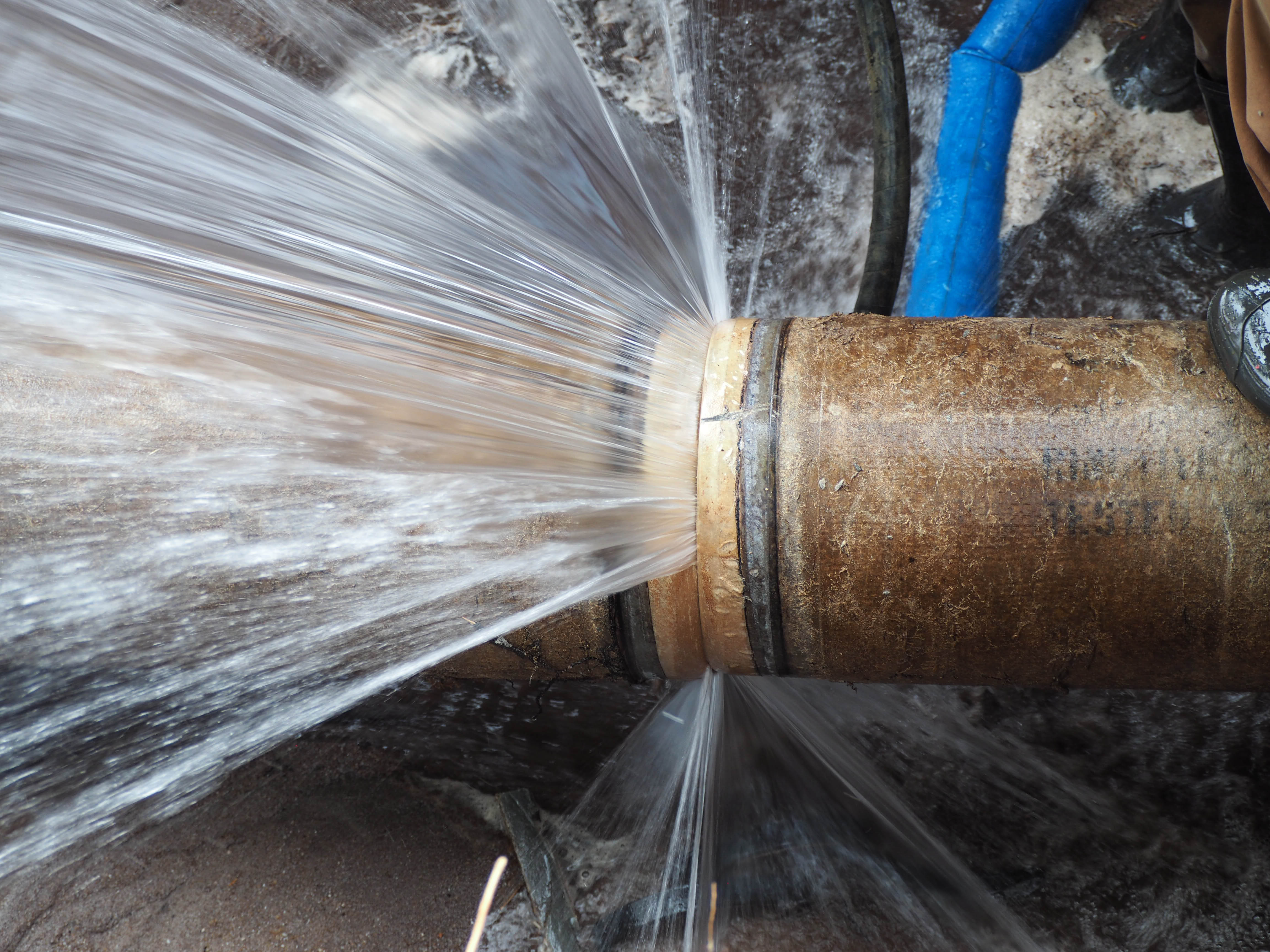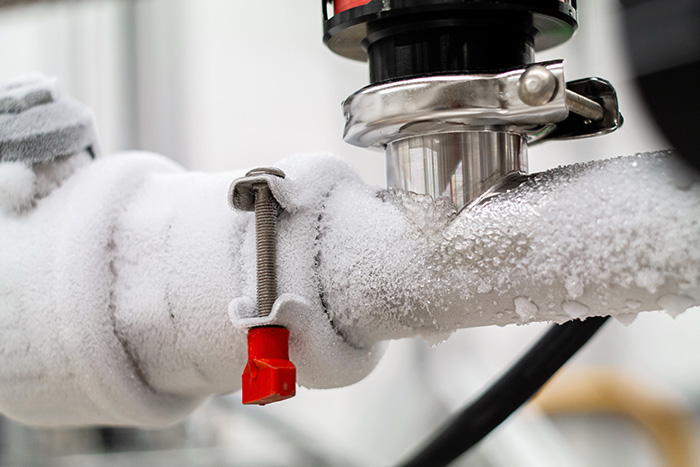How to Avoid Frozen Plumbing in Winter: Professional Tips
How to Avoid Frozen Plumbing in Winter: Professional Tips
Blog Article
Each person will have their unique rationale with regards to How to prepare your home plumbing for winter weather.

Winter can ruin your pipes, specifically by freezing pipelines. Here's how to avoid it from occurring and what to do if it does.
Intro
As temperature levels drop, the risk of icy pipes boosts, potentially leading to costly repairs and water damages. Recognizing how to avoid icy pipelines is critical for property owners in chilly climates.
Prevention Tips
Shielding susceptible pipes
Wrap pipes in insulation sleeves or utilize warm tape to secure them from freezing temperatures. Focus on pipes in unheated or outside areas of the home.
Home heating techniques
Keep interior areas appropriately heated up, particularly locations with pipes. Open closet doors to permit warm air to distribute around pipelines under sinks.
Exactly how to determine frozen pipelines
Search for lowered water flow from faucets, unusual odors or sounds from pipes, and noticeable frost on exposed pipes.
Long-Term Solutions
Architectural adjustments
Consider rerouting pipes far from exterior wall surfaces or unheated locations. Include extra insulation to attic rooms, cellars, and crawl spaces.
Upgrading insulation
Buy top notch insulation for pipelines, attic rooms, and wall surfaces. Correct insulation helps maintain regular temperatures and reduces the danger of frozen pipes.
Safeguarding Outside Pipes
Yard hoses and exterior faucets
Separate and drain yard pipes before winter. Mount frost-proof spigots or cover exterior taps with protected caps.
Understanding Frozen Pipes
What creates pipelines to freeze?
Pipelines freeze when subjected to temperatures below 32 ° F (0 ° C) for prolonged periods. As water inside the pipes freezes, it broadens, taxing the pipeline wall surfaces and possibly creating them to burst.
Risks and problems
Frozen pipes can result in water interruptions, home damages, and costly repair work. Ruptured pipes can flooding homes and trigger considerable architectural damage.
Indications of Frozen Water Lines
Identifying frozen pipelines early can avoid them from bursting.
What to Do If Your Pipelines Freeze
Immediate actions to take
If you suspect frozen pipelines, keep taps available to ease stress as the ice melts. Make use of a hairdryer or towels soaked in warm water to thaw pipelines gradually.
Conclusion
Avoiding icy pipelines requires aggressive actions and quick feedbacks. By comprehending the reasons, indicators, and preventive measures, house owners can protect their pipes during cold weather.
5 Ways to Prevent Frozen Pipes
Drain Outdoor Faucets and Disconnect Hoses
First, close the shut-off valve that controls the flow of water in the pipe to your outdoor faucet. Then, head outside to disconnect and drain your hose and open the outdoor faucet to allow the water to completely drain out of the line. Turn off the faucet when done. Finally, head back to the shut-off valve and drain the remaining water inside the pipe into a bucket or container. Additionally, if you have a home irrigation system, you should consider hiring an expert to clear the system of water each year.
Insulate Pipes
One of the best and most cost-effective methods for preventing frozen water pipes is to wrap your pipes with insulation. This is especially important for areas in your home that aren’t exposed to heat, such as an attic. We suggest using foam sleeves, which can typically be found at your local hardware store.
Keep Heat Running at 65
Your pipes are located inside your walls, and the temperature there is much colder than the rest of the house. To prevent your pipes from freezing, The Insurance Information Institute suggests that you keep your home heated to at least 65 degrees, even when traveling. You may want to invest in smart devices that can keep an eye on the temperature in your home while you’re away.
Leave Water Dripping
Moving water — even a small trickle — can prevent ice from forming inside your pipes. When freezing temps are imminent, start a drip of water from all faucets that serve exposed pipes. Leaving a few faucets running will also help relieve pressure inside the pipes and help prevent a rupture if the water inside freezes.
Open Cupboard Doors
Warm your kitchen and bathroom pipes by opening cupboards and vanities. You should also leave your interior doors ajar to help warm air circulate evenly throughout your home.

As a passionate person who reads on How to Prevent Your Pipes From Freezing, I thought sharing that section was worth the trouble. Are you aware of someone else who is very much interested in the topic? Please feel free to promote it. I appreciate reading our article about Helpful Tips to Prevent Frozen Pipes this Winter.
Call Today Report this page